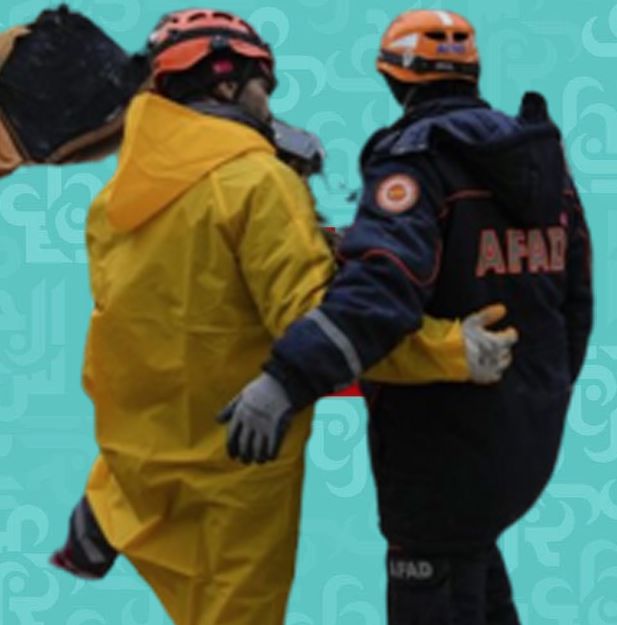Earthquakes have been a natural phenomenon since the formation of the Earth.
Throughout history, they have caused significant damage to cities, communities, and even entire civilizations.
Here is a more detailed overview of the history of earthquakes.
Ancient times: Earthquakes have been recorded in ancient texts and inscriptions dating back to early civilizations like the Greeks, Romans, and Chinese.
The earliest recorded earthquake is believed to have struck the city of Hierapolis in Greece in the year 17 A.D. In China, historical records show that earthquakes were documented as early as 1177 B.C. In Japan, the Nankaido earthquake of 869 A.D. caused widespread damage and was recorded in the country’s historical annals.
The ancient Greeks and Romans believed that earthquakes were caused by the movement of the gods. They believed that earthquakes were a form of punishment from the gods and they would often offer sacrifices or perform rituals to appease the gods and prevent earthquakes.
Medieval times: During the medieval period, earthquakes continued to be a significant natural disaster. In 365 A.D., a massive earthquake struck the city of Alexandria in Egypt, causing widespread damage and loss of life. The city was never fully recovered from the damage caused by the earthquake and its importance as a trading center declined.
In the 11th century, an earthquake hit the city of Shinshu in Japan, causing significant damage to the area. The city was later rebuilt, but the earthquake left a lasting impact on the region’s history. The Japanese people believed that earthquakes were caused by the movement of the gods and they would often perform rituals and offer sacrifices to prevent earthquakes.
The 16th to the 18th centuries: In 1556, an earthquake struck the city of Shaanxi in China, killing an estimated 830,000 people and making it one of the deadliest earthquakes in recorded history. The earthquake caused significant damage to the city and the surrounding area, and it took many years for the region to recover from the disaster.
In 1755, an earthquake struck Lisbon, Portugal, causing widespread damage and killing thousands of people. This earthquake was significant because it led to changes in the way earthquakes were studied and understood. The Lisbon earthquake was the first earthquake to be studied scientifically and it led to the development of seismology as a field of study.
19th and 20th centuries: During the 19th and 20th centuries, earthquakes continued to cause significant damage and loss of life. In 1811 and 1812, a series of earthquakes struck the Mississippi River Valley in the United States, causing significant damage and loss of life.
In 1906, the San Francisco earthquake struck the city, killing over 3,000 people and causing widespread damage. The earthquake was significant because it led to changes in the way buildings were constructed in the city and it also led to the development of earthquake-resistant construction techniques.
In 1923, a massive earthquake struck the city of Tokyo, Japan, killing over 140,000 people and causing widespread damage. The earthquake was one of the largest earthquakes in recorded history and led to significant changes in the way buildings were constructed in the region. The earthquake also led to the development of early warning systems for earthquakes, which helped to reduce the impact of future earthquakes.
In 1964, a massive earthquake struck Alaska, causing widespread damage and killing over 130 people. This earthquake was significant because it was the largest earthquake in North America in recorded history and it led to changes in the way earthquakes were studied and understood. The earthquake also led to the development of earthquake insurance and the use of seismic retrofitting to improve the safety of buildings.
21st century: In recent years, earthquakes continue to cause significant damage and loss of life. In 2011,
the history of then earthquakes in the earth in 8000 word
Earthquakes have been a natural phenomenon since the formation of the Earth. Throughout history, they have caused significant damage to cities, communities, and even entire civilizations


